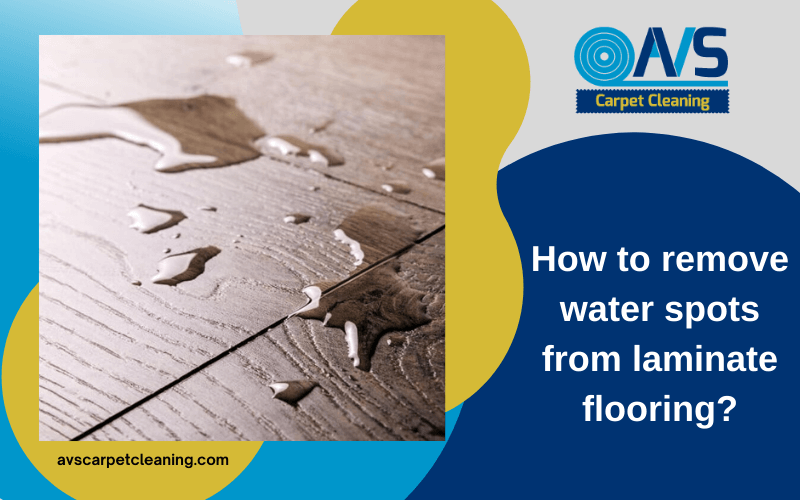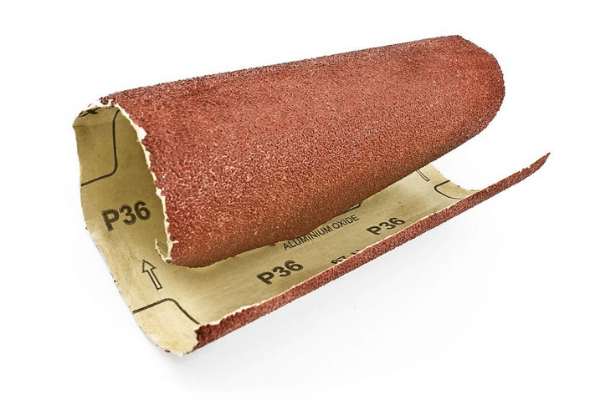Laminated wood floors are not a thing of the past. They are a popular flooring choice to date. Laminate floors are resilient, durable, and available in many colors. Although it is smooth and glossy to look at, there are times when stains from there. Most commonly, it is due to water. So, how to remove water spots from laminate flooring?
For more information on Laminate wood flooring, colors Check out this [Laminate flooring colors]
Water spots appear as either black or white stains. It affects the surface coating and can even penetrate the floor. However, there are ways to remove these spots. Learn about a few of them in this blog.
Tips To Remove Water Spots From Laminate Flooring
↪ Clean The Spot
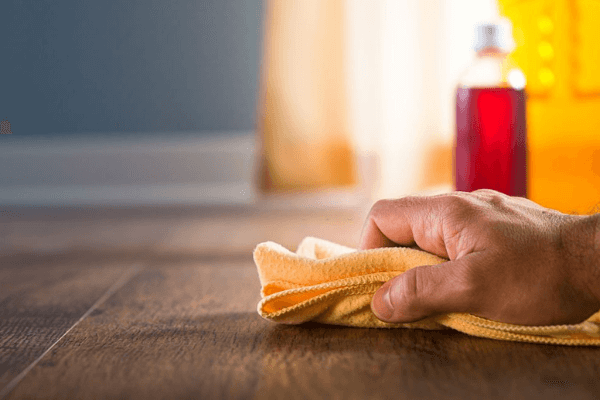
It is important to blot up the maximum amount of water if the spill is fresh. Use a terry cloth towel or soft rag to blot up excess water. Do not rub as it can spread further.
Dip the cloth in mineral spirits or oil. Alternatively, you can use lemon oil. Rub the stained area gently with this cloth. Avoid using excessive mineral oil, as it can damage the floor wax and finish. Rub gently to prevent forming scratches.
↪ Use Vinegar-Water Mixture
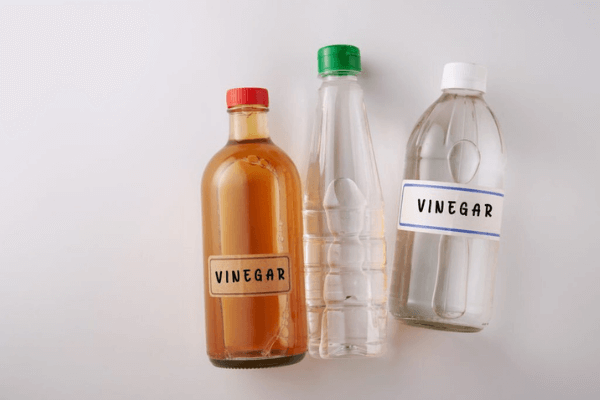
Vinegar-water mixture almost works wonders on all types of stains. One can vary its concentration as per the nature of staining.
To remove water stains on laminate flooring, you need a mild solution. Mix a cup of vinegar in a bucket of warm water. Mop the floors as you usually do with the mixture. Rinse off afterward with plain water. Dry the floor using a soft terry cloth gently.
↪ Rubbing Alcohol
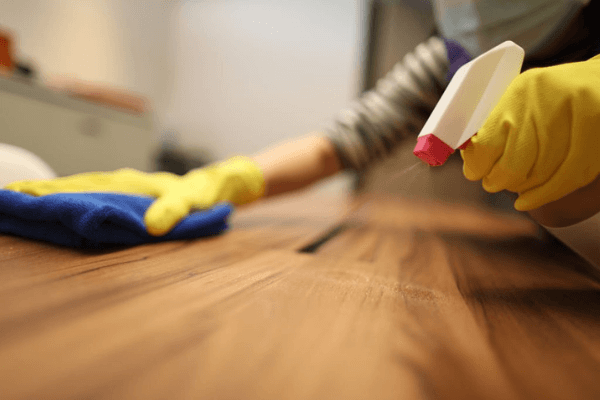
When the water stains are persistent, you need a strong cleaner. In this case, rubbing alcohol makes a good option for a solvent. It is gentle on the laminate floors while being relatively harmless to you.
Mix equal portions of rubbing alcohol, vinegar, and warm water in a bowl. Dip a clean cloth in the mixture. Scrub the stains on the floors until they disappear. Dry the area thoroughly using a clean, dry cloth.
Vinegar and rubbing alcohol mixture remove stains left by using too much cleaning agent on the floors.
↪ Sand The Stain Marks
If none of the above techniques work, you can sand the floor. This technique works well for both sealed and unsealed laminate floors. The trick is to scrape the stain mark first and even the surface afterward.
Use sandpaper or steel wool to scrape the stain off the floor. Make sure to rub in the direction of the wood grain. Work your way back and forth till all the marks are gone. Vacuum the dust post this. If the floor is waxed, use steel wool to blend the edges of the sanded area. It helps match the stained region with the rest of the tile finish. You can wax the floor again after the marks are gone.
↪ Bleach
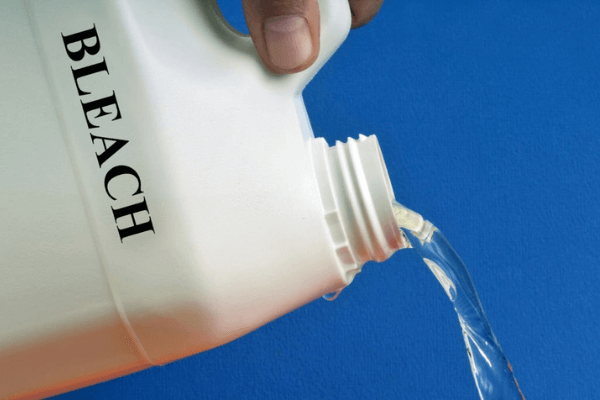
Bleaches are known to remove stains due to their oxidizing power. They consist of chlorine, oxygen, or other agents that lift the stains. Usually, bleaches come in two categories- chlorine and non-chlorine. While chlorine is irritating to the skin, one might consider using hydrogen peroxide. Before selecting the appropriate bleaching agent, check with a professional for the best product for your floors.
Take a little quantity of mild concentration hydrogen peroxide in a bowl. Dip a soft washcloth in it and rub it on the stained area.
Allow the wood to soak in the bleach for a few hours. Wipe up any excess bleach with a clean, dry cloth after a few minutes of application. Allow the laminate floors to air dry.
Conclusion
Laminate floors appear beautiful when clean and shiny. You can maintain them spotless with regular sweeping and mopping. But, there are instances when water stains show up after cleaning. It happens when excessive mineral spirits or water gets used while cleaning.
There are plenty of ways to remove water stains from a laminate floor. The best approach is to dab the water spills while fresh. It will absorb excess water and make the stain removal process easy. Further, you can use any of the above techniques to erase water stains.
Regularly buff and wax your floors to maintain their luster. While you mop the floors, use only specific floor cleaning agents that suit them. It will ensure the varnish or wax coating remains intact.

